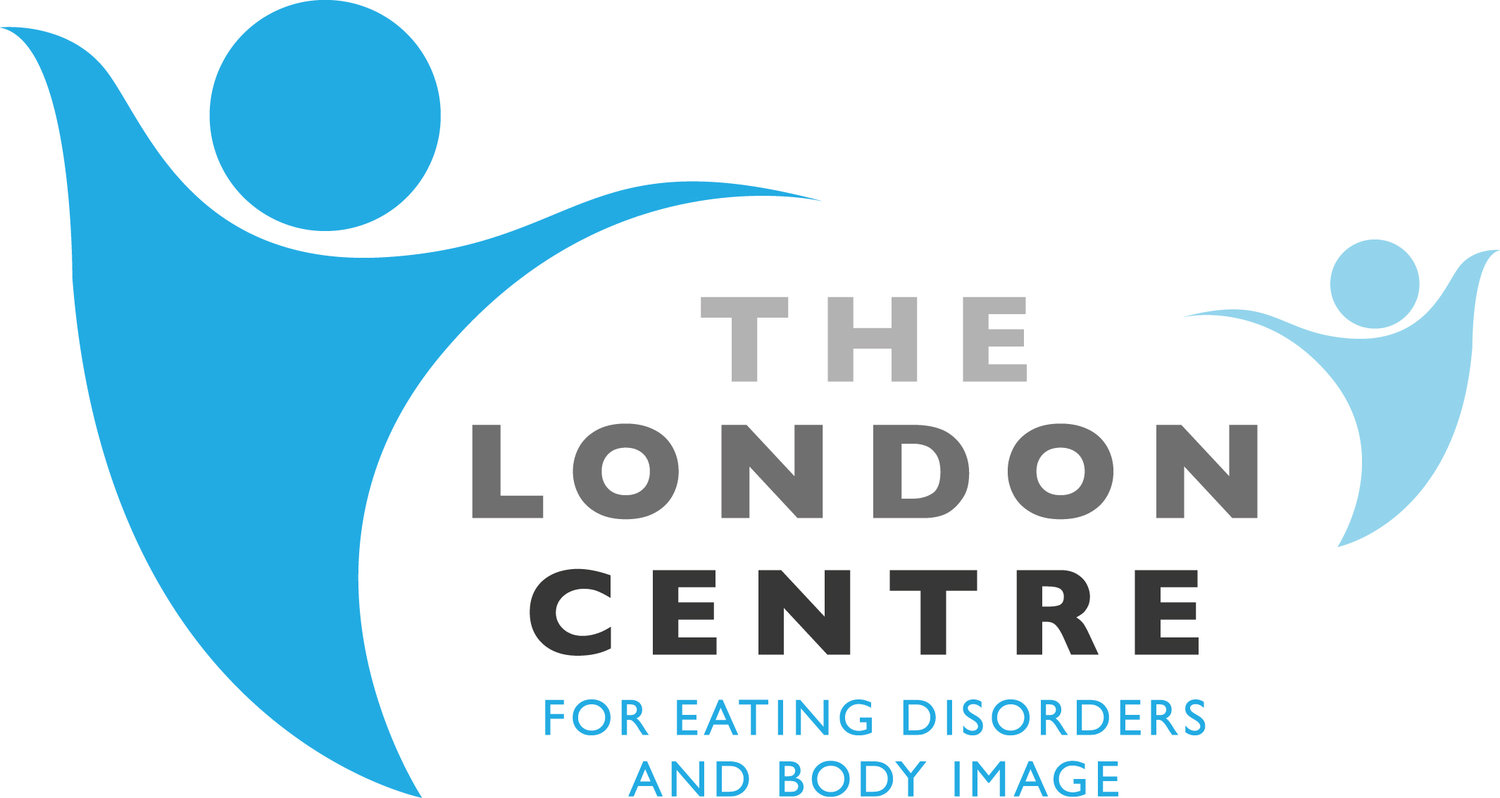What are schema modes?
In schema therapy you may also look at your modes. These are a temporary mindset, which includes both how you are feeling and how you are dealing with it. We typically experience a mode shift when our schemas are activated, or someone “pushes our buttons”. In other words, a mode is a combination of the active schema and your coping style.
We all have modes, and there are some that are more helpful and some that are unhelpful. We can move from one mode to another very rapidly and without conscious awareness. They are automatic responses that we have developed as a way of protecting ourselves from distress, and we do not actively choose to engage in these modes.
Schema modes are divided into four groups:
Child modes are characterised by childlike feelings and behaviours
Unhelpful coping modes are used to prevent emotional distress but end up reinforcing the schema
Critic modes are internalisations of critical, demanding, or harsh voices (typically from childhood)
Healthy adult mode represents your healthy, functional self. This mode can help regulate the other modes by setting limits and countering the effects of other modes.
Jeffrey Young identified these 10 key coping modes which fall under these broad categories (you can read more about them here).
Schema modes help therapists group schemas together so they can address them as a single state of mind, rather than individual traits. This allows therapy to be more transdiagnostic; focussing on the underlying patterns and difficulties rather than specific symptoms.
When working with the modes, the first step is to identify what modes are relevant for you, what their function is and why they developed. There will be a clear reason why these modes exist – they will have played an important function. But by mapping out these modes, and how you move between them, you will begin to identify the impact they have on you and be able to minimise this and strengthen your healthy adult mode.

